How is it that the male nude has gone from an academic artist’s rite of passage to a relatively under-exposed genre? ‘Masculine/Masculine. The Nude Man in Art from 1800 to the Present Day’ sets out to shed light on this question but leaves us somewhat unsatisfied.
An exhibition on the male nude was always going to create a buzz and, perhaps predictably, the opening at the Musée d’Orsay included a male streaker (an art student from Rennes) who disrobed for a little exhibition of his own before being politely escorted out of the museum. Inspired by the ‘Nackte Männer’ show at the Leopold Museum in Vienna last autumn, ‘Masculine/Masculine’ is one of the first exhibitions to concentrate solely on the male nude.
The title of the show hints at something never clearly articulated in the exhibition itself: the fact that the gender of artists is as much at stake as that of the subjects. The history of art is dominated by male artists, so most of the work on show is men by men: masculine by masculine.
Some of the work is self-evident in its celebration of the erotic male form: photos by Robert Mapplethorpe; kitsch works by Pierre et Gilles; monumental shining torsos painted by American contemporary artist Kehinde Wiley. But much of the earlier work is more nuanced in its idolatry.
From the 17th century academic art placed utmost importance on mastery of the male nude. Thought to represent perfection of human form, it was an abstract construction, as seen in David’s Académie d’homme dit Patrocle (1778), where the nude’s accentuated muscles are more akin to sculpture than a picture of naked reality.
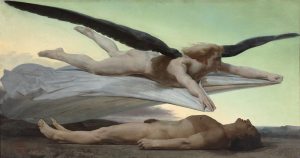
Equality before Death (1848) Adolphe William Bouguereau © Musée d’Orsay, dist. RMN / Patrice Schmidt
The most striking part of the show, ‘Nuda Veritas’, upends academic perfection. Egon Schiele’s tortuous self-portraits and Freud’s fleshy paintings fall far from the classical ideal. In the next room, ‘Without Compromise’, the male nude is shown as mortal – the sentiment of William-Adolphe Bouguereau’s Equality before Death (1848) is echoed in the withered body of Léon Bonnat’s Job (1880) and in the unnerving Dead Dad (1996–7) by hyperrealist sculptor Ron Mueck.
But this section reads like a parenthesis in a cacophonous parade of beautiful male forms. With over 180 works on display it is hard to follow the curatorial thought process. The Musée d’Orsay’s director and one of the curators, Guy Cogeval, claims to have been gestating the idea for over a decade but an official working at the INHA (Institut National d’Histoire de l’Art), speaking anonymously, says, ‘the exhibition was in fact thrown together very rapidly’.
Unfortunately it shows. Interesting themes are sketched out without being developed – although the walls of beautiful nudes scream ‘homoerotic!’ there is not enough intellectual weight behind this potentially rich theme. There is no mention of homoeroticism in the early rooms, but strategically placed, overtly sensual contemporary pieces lead us to leap to visual conclusions (for example the exhibition poster: how can Desmarais’ Paris fail to look camp next to Pierre et Gilles’s smooth-buttocked Mercury?)
But without intellectual underpinnings these conclusions are flimsy. We can’t claim – and nor does the exhibition try to – that the artists were motivated by homoerotic feelings. But ideas of homo-sociability, the vogue for the ancient Greek aesthetic or the emerging revolutionary ‘fraternité’ at the turn of the 19th century are barely mentioned.
As it is, we have to be content with sketches of ideas, some of them very good, such as the tension in the depiction and interpretation of the male nude. On one hand the nude is used as a vehicle for virility and patriotism, exemplified here by Arno Breker’s Das Wager. The Third Reich’s endorsement of Breker gives his golden sculpture of a strangely camp young man a terrifying air of savage superiority. On the other, nude heroes may sit uncomfortably with a (male) heterosexual audience. A sculpture of David (c. 1872) by Antonin Mercié is more epicene than he is virile.
It is only in the concluding section, ‘The Object of Desire’ that themes of homoeroticism and homosexuality are laid bare. A monumental painting by Alexandre Alexandrovitch Deineka, Shower, After the Battle (1944) shows a group of men taking a communal shower with the muscular back of an onlooker in the foreground. The men are strong but also rosy-cheeked and coquettish. There is a tension between heterosexual aspirations and homoerotic desire (according to Le Figaro, Russian president Vladimir Putin – himself no stranger to revealing his own body – hesitated before lending this piece).
‘Masculine/Masculine’ is fortuitously timed, given recent uproar over the gay marriage debate in France, but the failure to provide a more in-depth analysis of homoerotic sentiment in relation to the male nude seems a missed opportunity. Instead everything merges into a sort of homoerotic mood board, a brain storm for what could be a great show.
‘Masculine/Masculine. The Nude Man in Art from 1800 to the Present Day’ is at the Musée d’Orsay until 2 January 2014.
Unlimited access from just $16 every 3 months
Subscribe to get unlimited and exclusive access to the top art stories, interviews and exhibition reviews.

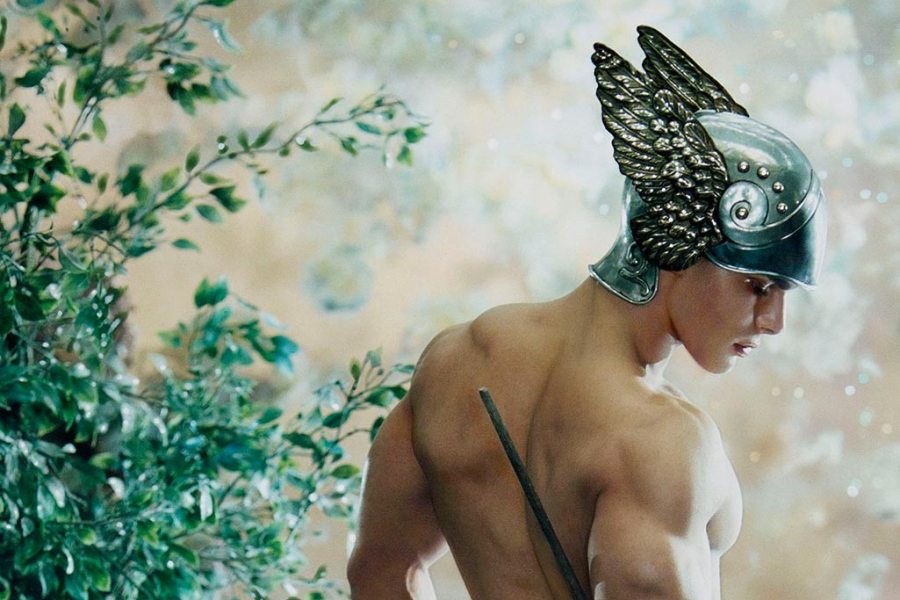
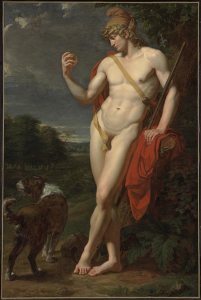
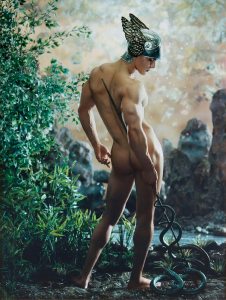
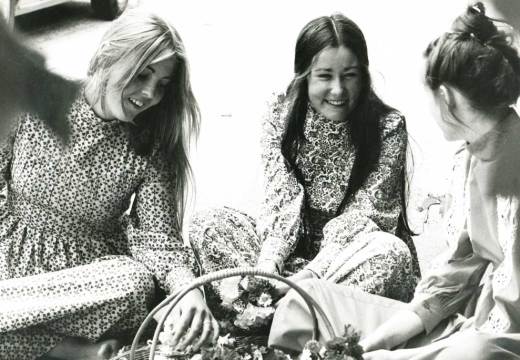
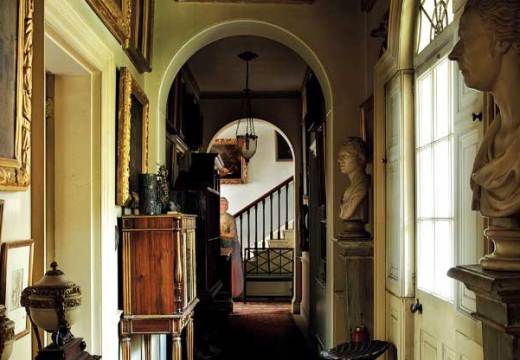
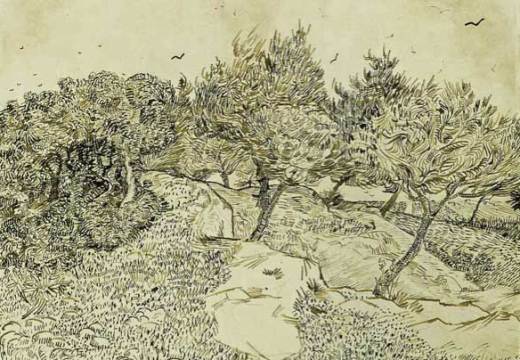









![Masterpiece [Re]discovery 2022. Photo: Ben Fisher Photography, courtesy of Masterpiece London](http://www.apollo-magazine.com/wp-content/uploads/2022/07/MPL2022_4263.jpg)
It’s time for the government of London to return to its rightful home